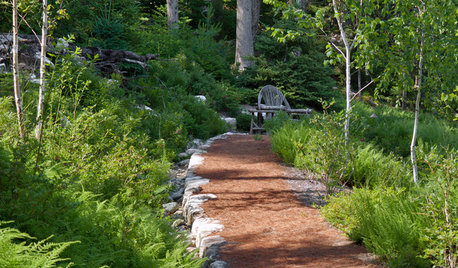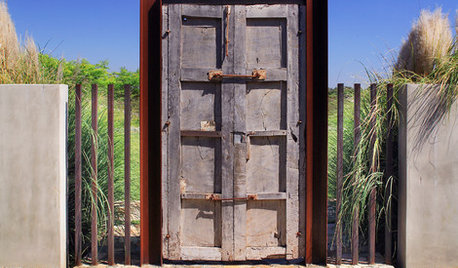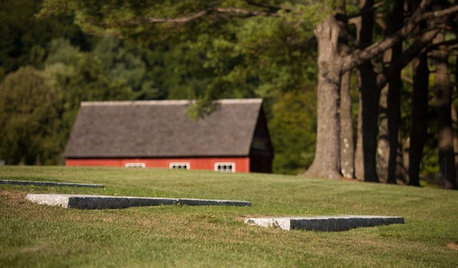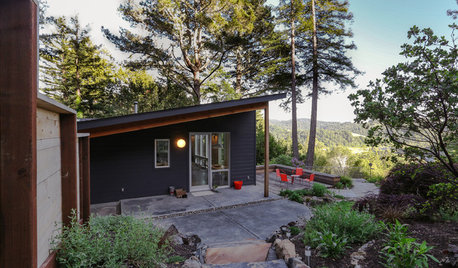Adding Nitrogen to Wood Mulch?
laspasturas
14 years ago
Related Stories

GARDENING GUIDESHow to Pick a Mulch — and Why Your Soil Wants It
There's more to topdressing than shredded wood. Learn about mulch types, costs and design considerations here
Full Story
GARDENING GUIDESNew Ways to Think About All That Mulch in the Garden
Before you go making a mountain out of a mulch hill, learn the facts about what your plants and soil really want
Full Story
GARDENING GUIDES5 Things to Know About Weeding and Mulching Your Native Garden
What’s the best time to pull weeds? How thick should the mulch be? Here’s the scoop for a healthy landscape
Full Story
KITCHEN APPLIANCESWhat to Consider When Adding a Range Hood
Get to know the types, styles and why you may want to skip a hood altogether
Full Story
GARDENING GUIDESGarden Myths to Debunk as You Dig This Fall and Rest Over Winter
Termites hate wood mulch, don’t amend soil for trees, avoid gravel in planters — and more nuggets of garden wisdom
Full Story
GROUND COVERSGround Force: 10 Top Ground Covers for Your Garden
Protect your soil from weeds and drought this summer with a living mulch of ground covers
Full Story
MATERIALSMesquite: The Brawny Beauty for All Over the Home
Denser than other hardwoods and sporting beautiful coloration, mesquite makes a fine material for flooring, countertops, furniture and more
Full Story
LANDSCAPE DESIGNProblem Solving With the Pros: Rustic Simplicity in a Country Garden
Editing thoughtfully and adding some magic result in a timeless weekend retreat
Full Story
MONTHLY HOME CHECKLISTSSeptember Checklist for a Smooth-Running Home
Get ready to get cozy at home with snuggly blankets, well-stocked firewood, added insulation and more
Full Story
VACATION HOMESHouzz Tour: Rugged and Refined Beauty in Sonoma County
Opening up rooms and adding outdoor recreation areas makes a weekend home a real retreat
Full StoryMore Discussions






slowpoke_gardener
Okiedawn OK Zone 7
Related Professionals
Norfolk Landscape Architects & Landscape Designers · Forest Park Landscape Architects & Landscape Designers · Oconomowoc Landscape Architects & Landscape Designers · Alexandria Landscape Contractors · Brooklyn Park Landscape Contractors · Cary Landscape Contractors · Framingham Landscape Contractors · Rockland Landscape Contractors · South Farmingdale Landscape Contractors · Green Bay Decks, Patios & Outdoor Enclosures · Greendale Decks, Patios & Outdoor Enclosures · Hobart Decks, Patios & Outdoor Enclosures · Huber Heights Decks, Patios & Outdoor Enclosures · Hyattsville Decks, Patios & Outdoor Enclosures · South Lyon Decks, Patios & Outdoor Enclosureselkwc
laspasturasOriginal Author
sunnybunny
Okiedawn OK Zone 7